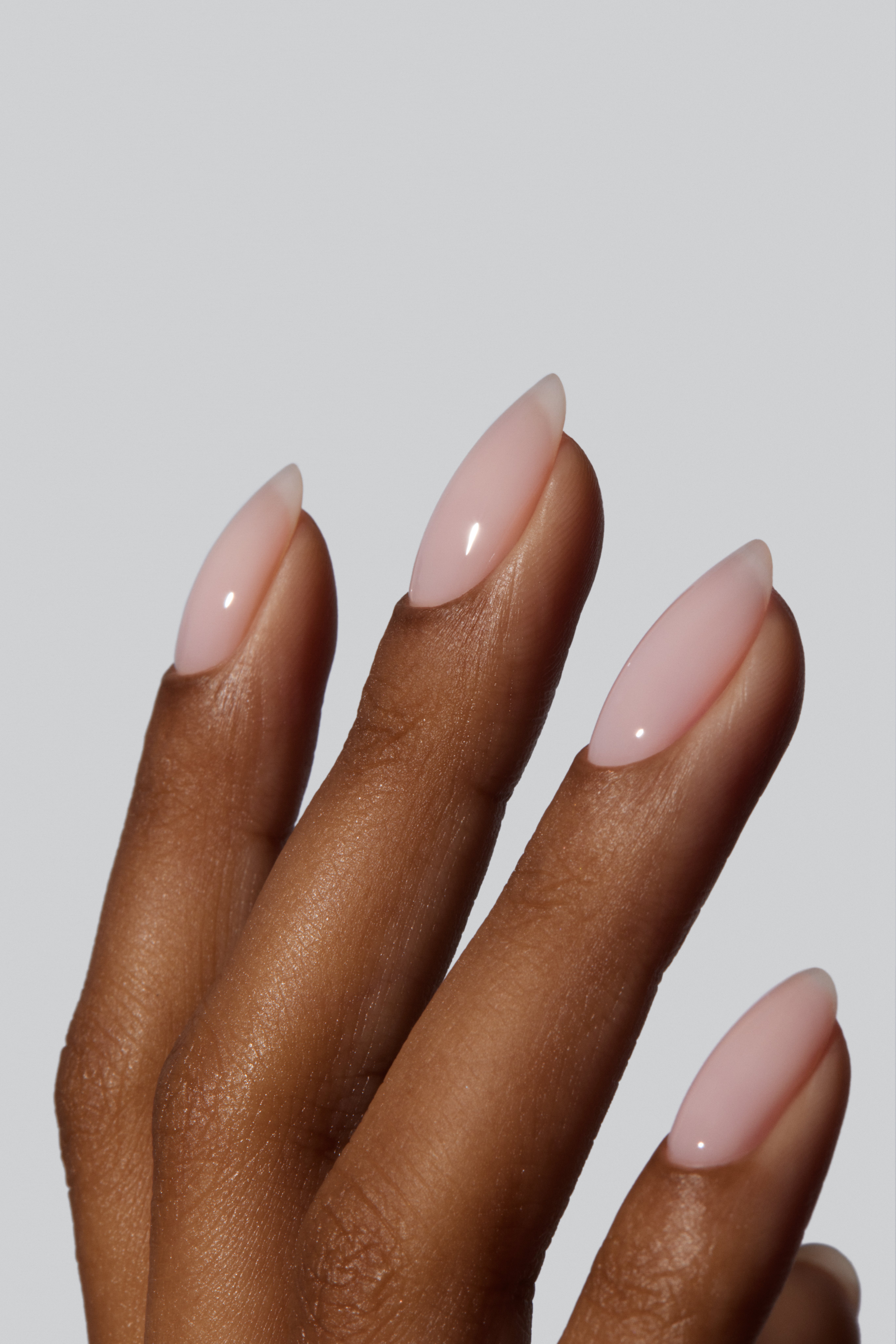
Additional Resources
Your Guide to Minimizing Risk to Gel Manicures At Home
At Gelcare, we are committed to being transparent about the risks associated with the use of gels at home and to sharing what we know about the subject.
Gels are composed of ingredients that can cause skin reactions of various kinds if not carefully applied following the necessary instructions for proper use.
On this page, we have assembled several publications on the subject to further inform you about the risks associated with the use of gels. These publications are publicly available and are presented below for information purposes only.¹
¹ The opinions expressed in the publications are those of the authors and do not represent those of Gelcare.
We invite you to consult them if you want to learn more about the potential risks associated with the use of gels and the best practices for safe and optimal use.
We also encourage you to consult our Warning Card, our Manicure Instruction Manual and our YouTube Step-by-Step Tutorial. These tools provide information on the risks associated with the use of gels and contain instructions for safe use.
We hope the tools provided, including the information below, will answer all your questions.
Reasons Why Gel May Cause Skin Reactions
Ingredients that can potentially cause skin reactions
“Acrylates and methacrylates are monomers that polymerize to make acrylic plastics. Their use is widespread including in orthopaedic surgery, dentistry and the printing and beauty industries. (Meth)acrylates are potent sensitizers and are a common cause of allergic contact dermatitis (ACD). The frequency of (meth)acrylate allergy has increased in recent years, with a shift in occupational and recreational exposure towards the beauty industry. There is soaring demand for longer-lasting nail fashion compared with traditional varnish. Acrylic, sculpted, gel and gel polish nails such as Shellac (a popular brand of gel polish in the U.K.) all contain (meth)acrylates.” (Rolls. S., British Journal of Dermatology, 2019)
According to the Canadian Dermatology Association, “allergic reactions to hydroxyethyl methacrylate are on the rise. You’ll find them in artificial gel nails, nail extensions and in shellac nail polish.” (Canadian Dermatology Association, 2017)
As stated by Dr. DeKoven, “this [ingredient] is not well known. Even some dermatologists don’t know that nail shellac can contain methacrylates.” (DeKoven, G. J. Canadian Dermatology Association, 2017)
Symptoms Onset
“Adverse skin reactions to nail products often seem to just “appear”, but in actuality they take time to develop, usually months, sometimes years. They are almost always a result of prolonged and/or repeated skin contact.” (Schoon, D., Schoon Scientific, 2013)
Best Practices for Gel Use
Avoid Touching the Skin
“Adverse skin reactions to nail products [...] are almost always a result of prolonged and/or repeated skin contact. This helps explain why prolonged or repeated skin contact with improperly cured UV gel products is a leading cause for adverse skin reactions for [users].” (Schoon, D. Risk of Improperly Curing Nail Coating, 2013)
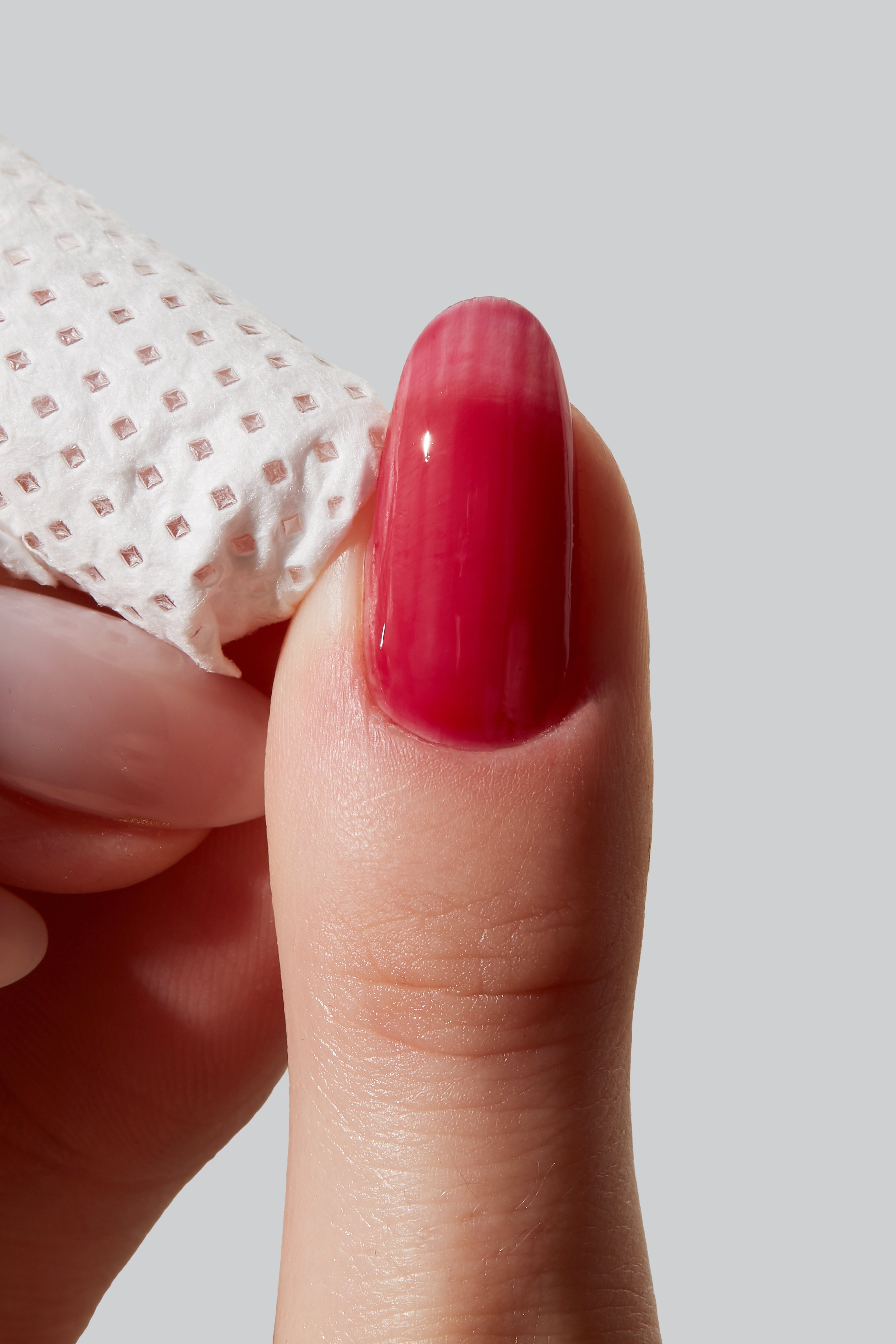
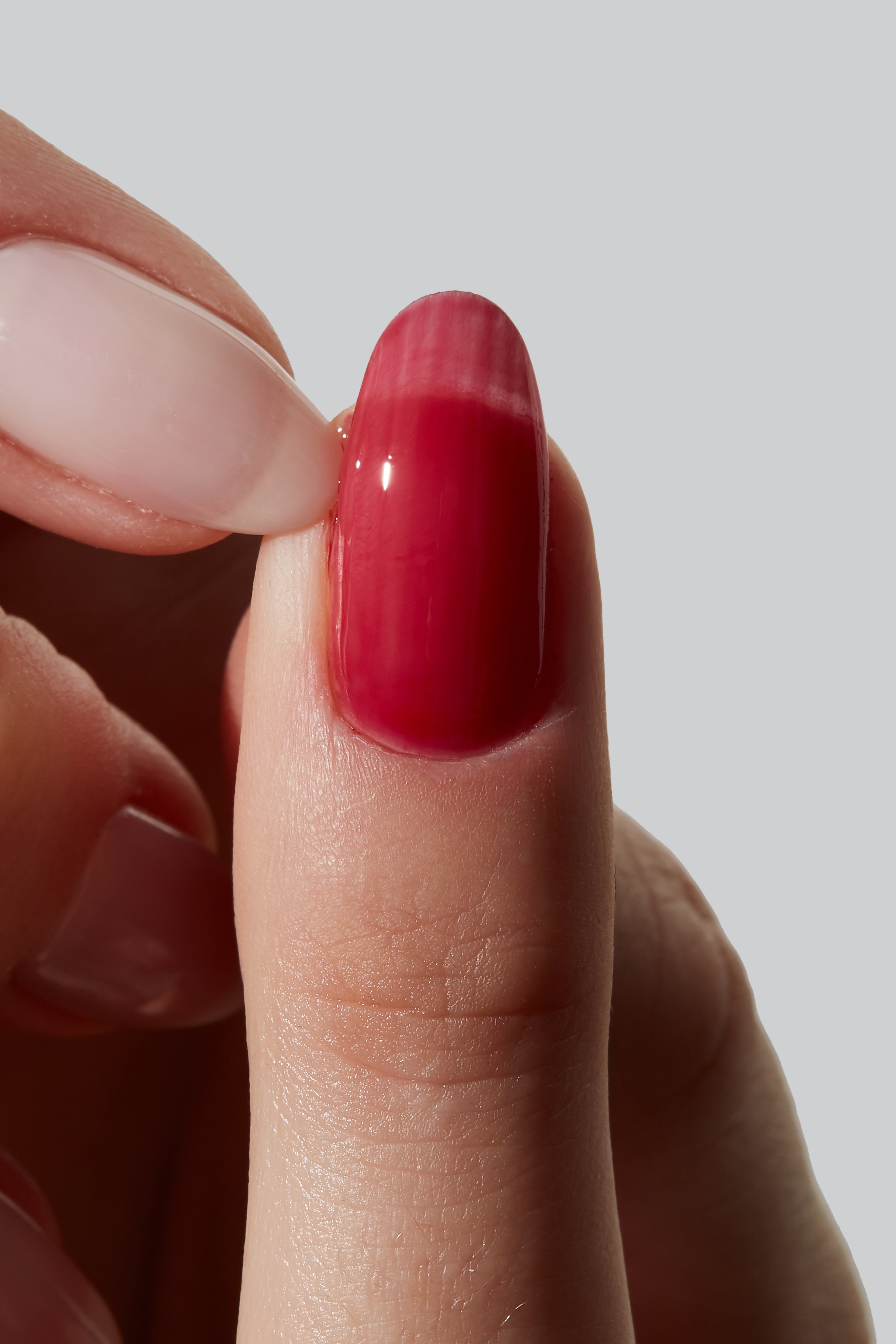
TO DO If the gel touches the skin in its liquid state, wipe off the overflow with a touch-up cotton pad soaked in rubbing alcohol.
TO AVOID Wipe off the gel directly with your finger or fingernail. This maneuver spreads the liquid product on the skin, which can cause a skin reaction.
Ensure Proper Curing
“Improper cure can cause everything from cracking, breaking, shattering, lifting, pitting, discoloration, bubbles, onycholysis to adverse skin reactions. In my opinion, improper curing is a leading cause of skin sensitivity, producing symptoms such as skin redness, itching, water blisters, etc. These are completely avoidable and would not happen if these coatings were properly applied and cured.” (Schoon, D. The Complexity of UV Curing, 2014)
“Just because a product hardens, doesn’t mean it is properly cured. Artificial nail coatings will harden when they are only 50% cured. This means a nail coating might be only halfway cured and the [user] may mistakenly believe it is fully and properly cured.” (Schoon, D. Risk of Improperly Curing Nail Coating, 2013)
“However, to obtain the best properties and avoid causing skin sensitivities, these coatings should be cured to around 90%. So, there are many clients walking around with under cured enhancements.“ (Schoon, D. The Complexity of UV Curing, 2014)
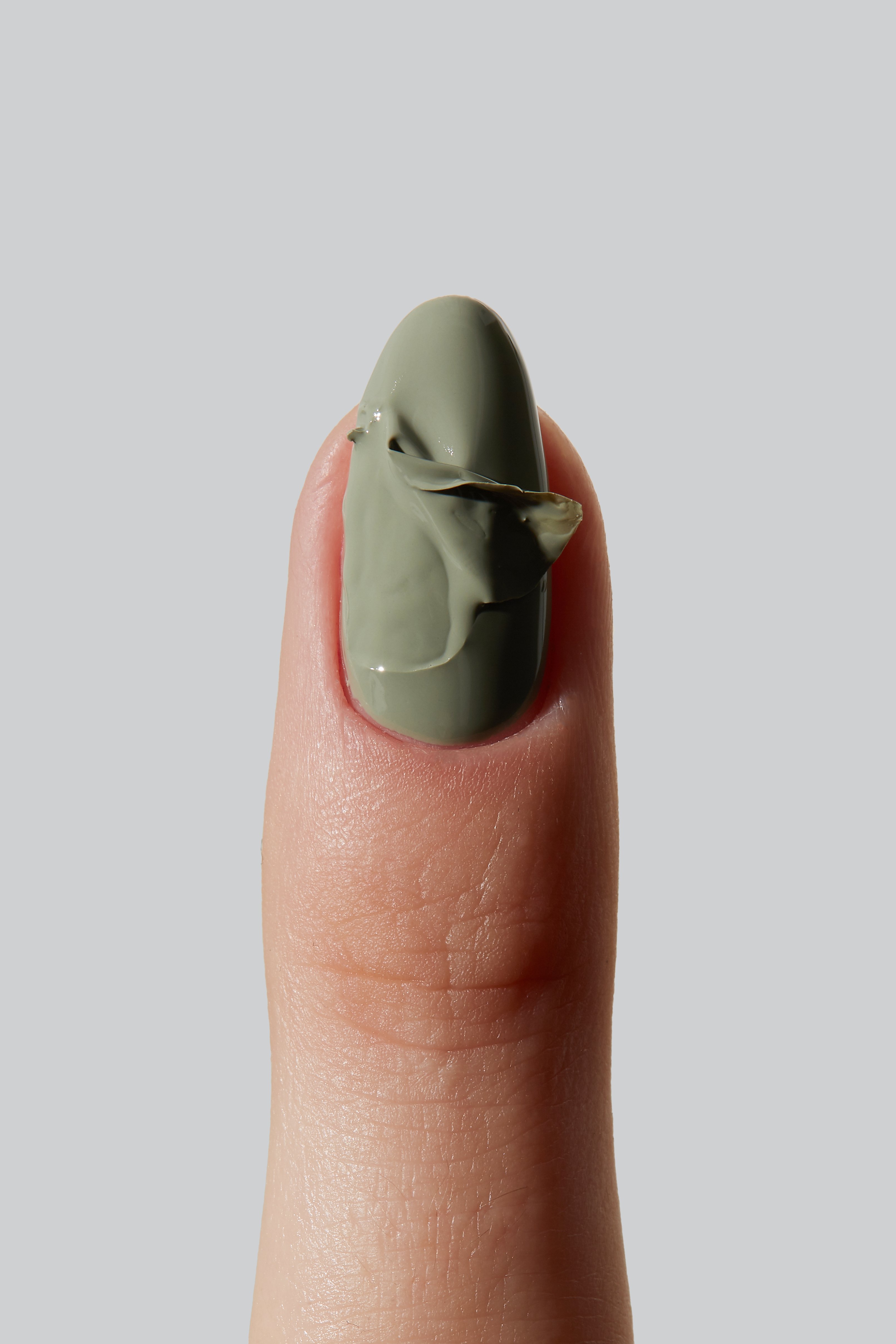
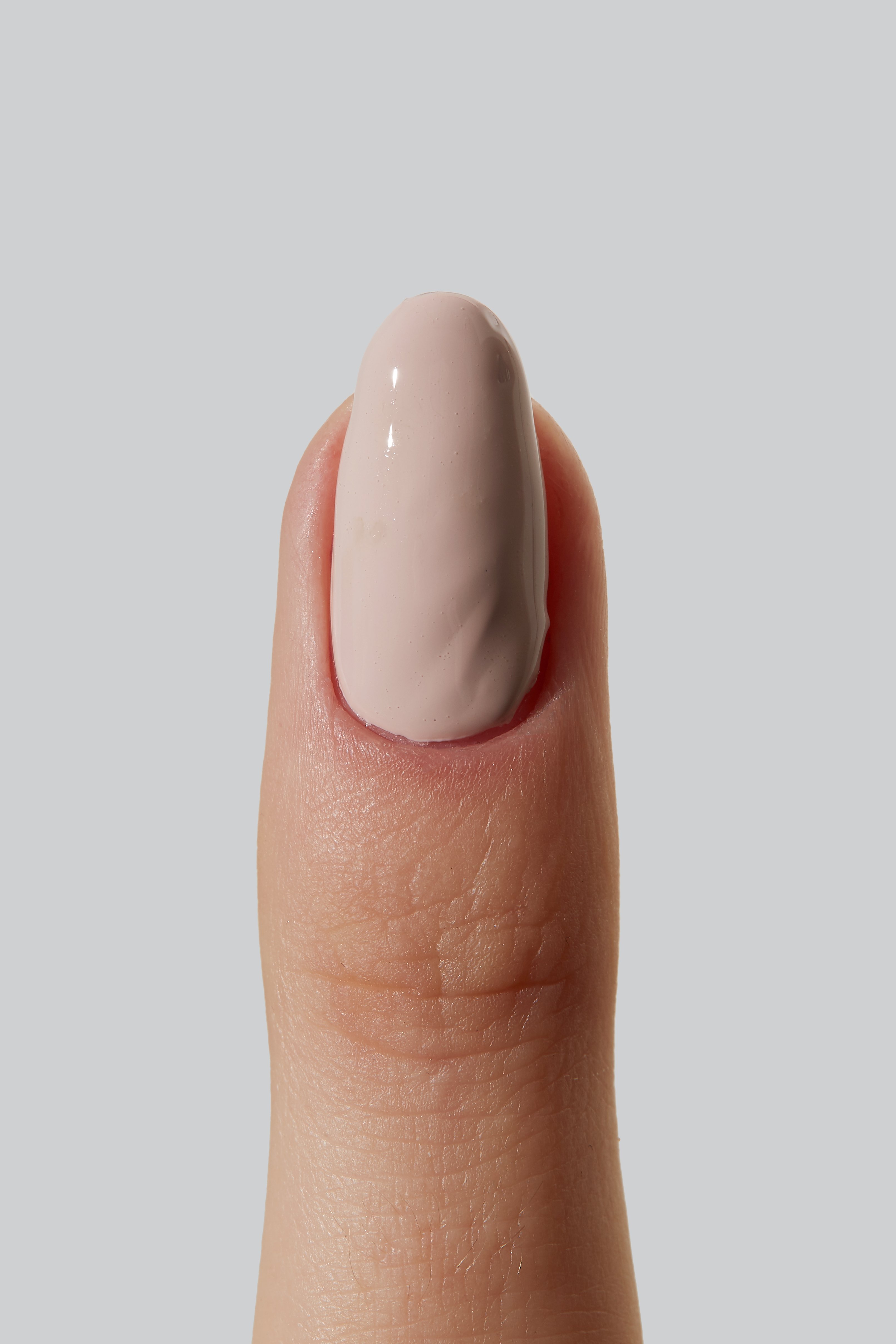
INSUFFICIENT GEL CURING The gel layer is too thick. Therefore the curing is superficial, which can cause a skin reaction. The light from the lamp cannot penetrate a thick layer of gel. A gel layer that is too thick can also overheat under the lamp and cause the nail bed to burn. In the example below, the top layer of the gel has been cured, but the bottom layer has remained in its liquid state.
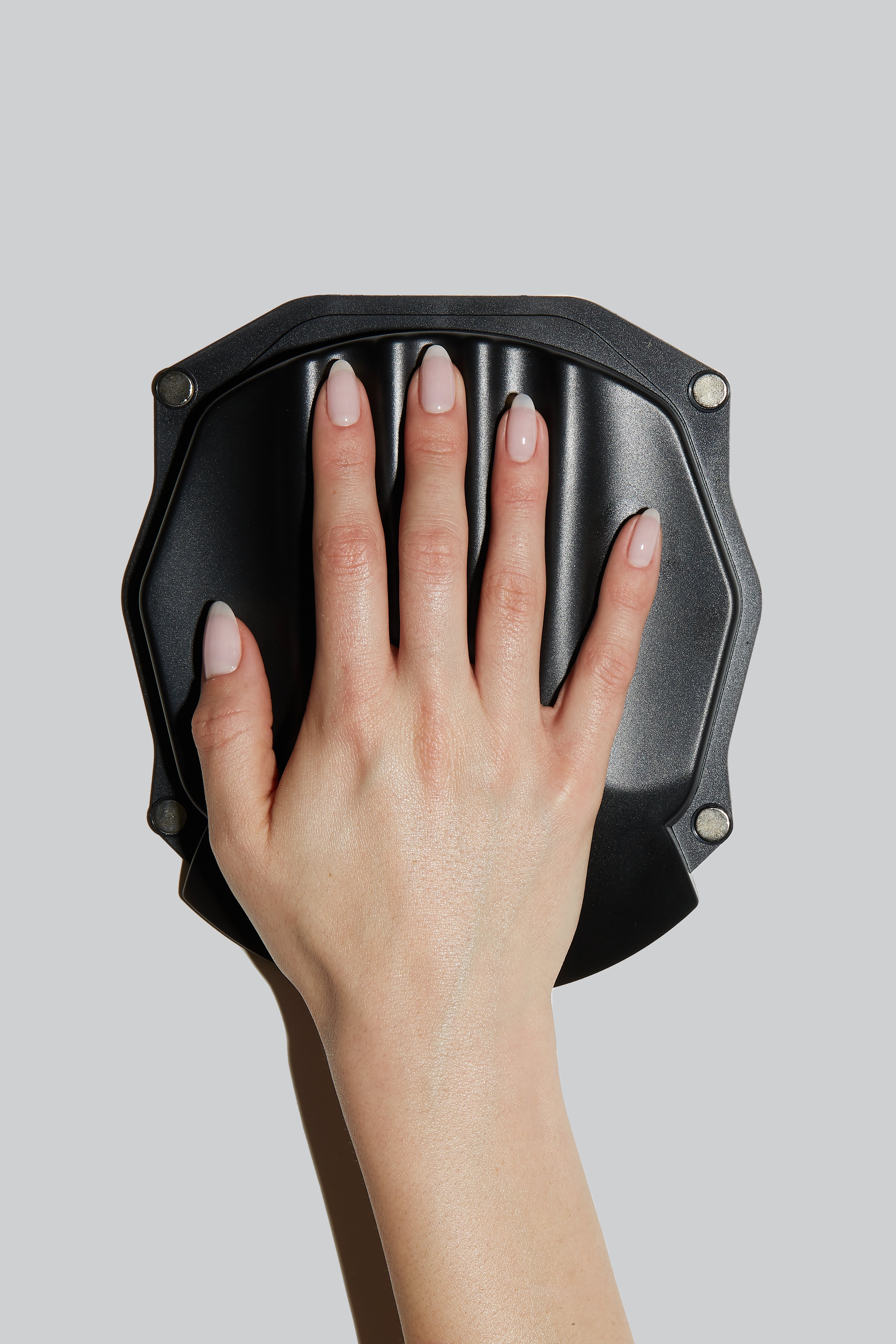
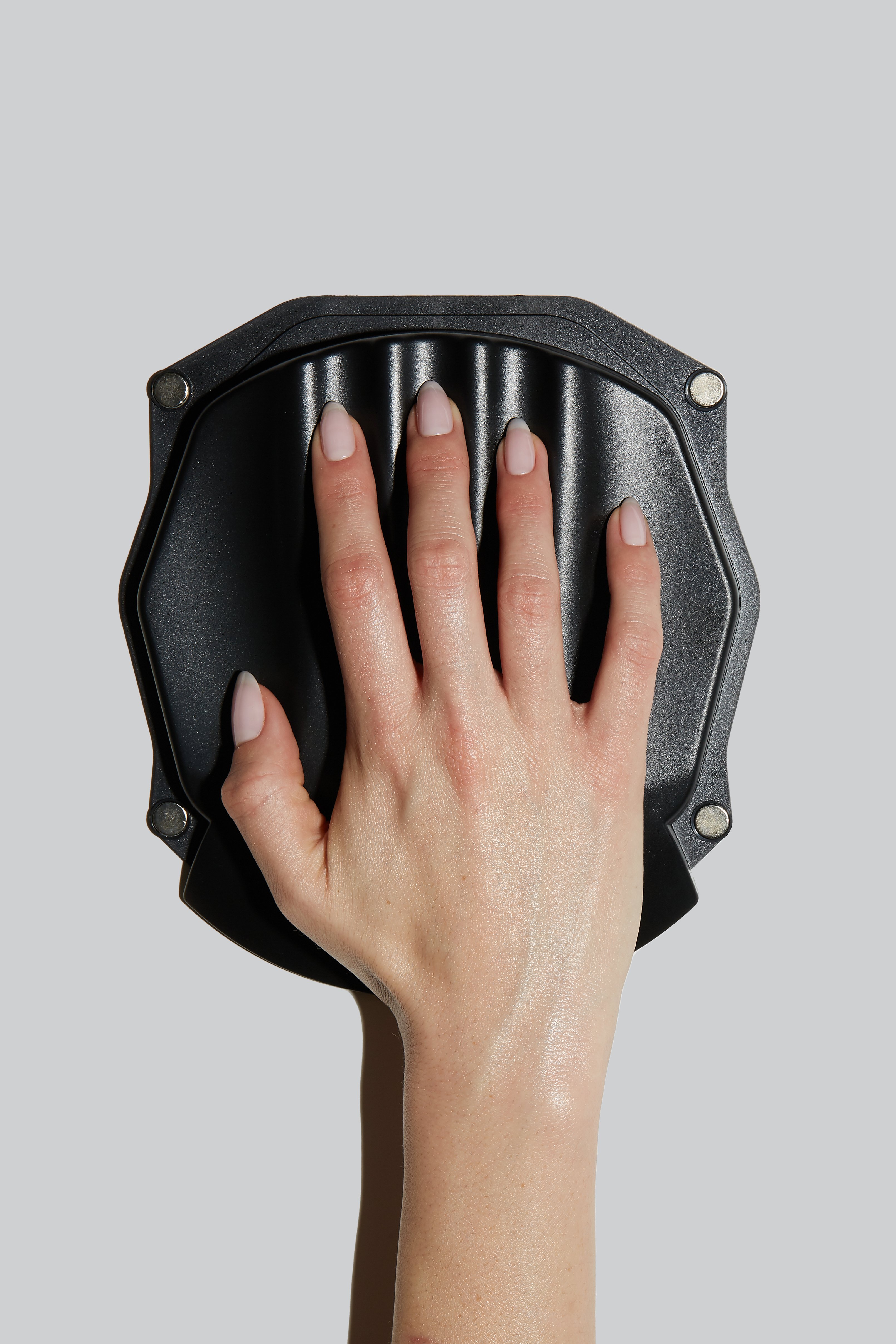
IDEAL HAND POSITION The nails are well aligned under the LED light bulbs. The fingers are slightly spread and positioned in the tracked base. The middle finger is pressed against the circular cavity.
INCORRECT HAND POSITION The nails are tilted downwards, which prevents optimal curing and are not well aligned under the LED light bulbs.
Apply Thin Coats
“In my scientific opinion, the best way to ensure a proper cure is to consistently apply a thin layer of UV gel with the correct thickness and then cure that thin layer for the proper length of time.” (Schoon, D. The Complexity of UV Curing, 2014)
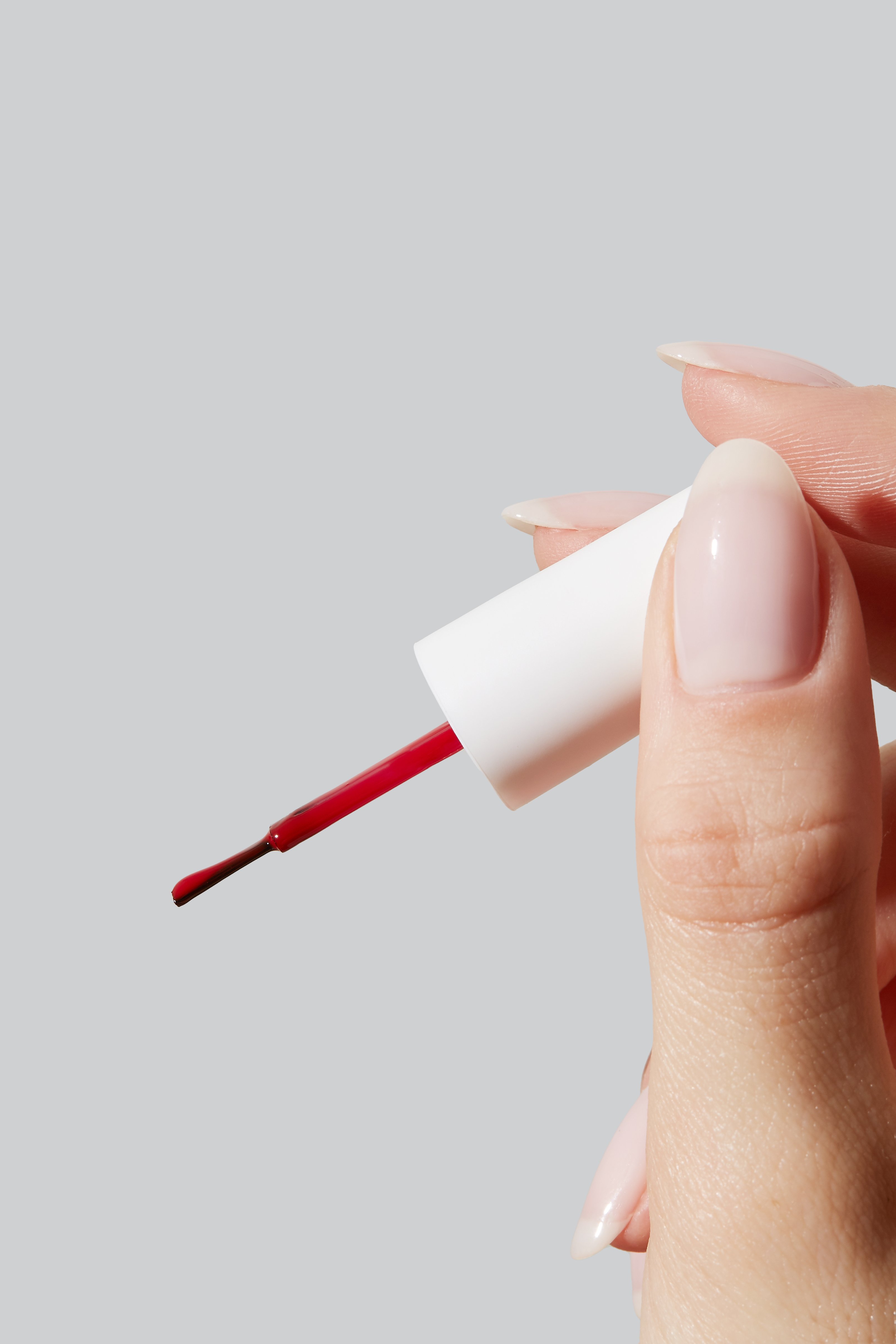
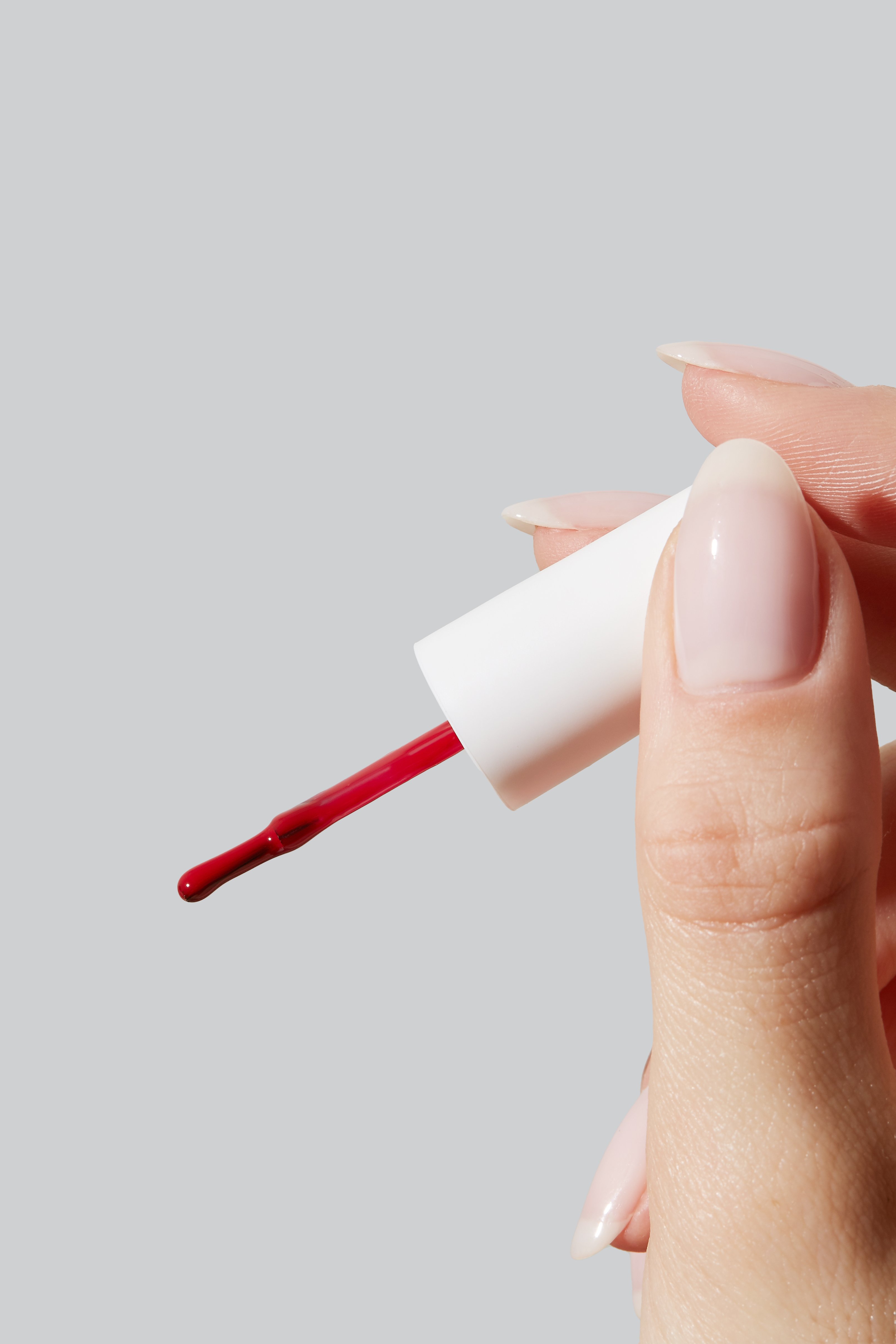
CORRECTLY WIPED BRUSH The brush applicator is well wiped, leaving only a sufficient amount of gel on only one side of the brush. This allows for a clean, controlled, and thin application of the product.
OVERCHARGED BRUSH The brush applicator is not well wiped. The brush then has too much gel, which does not allow for a clean, controlled, and thin application of the product.

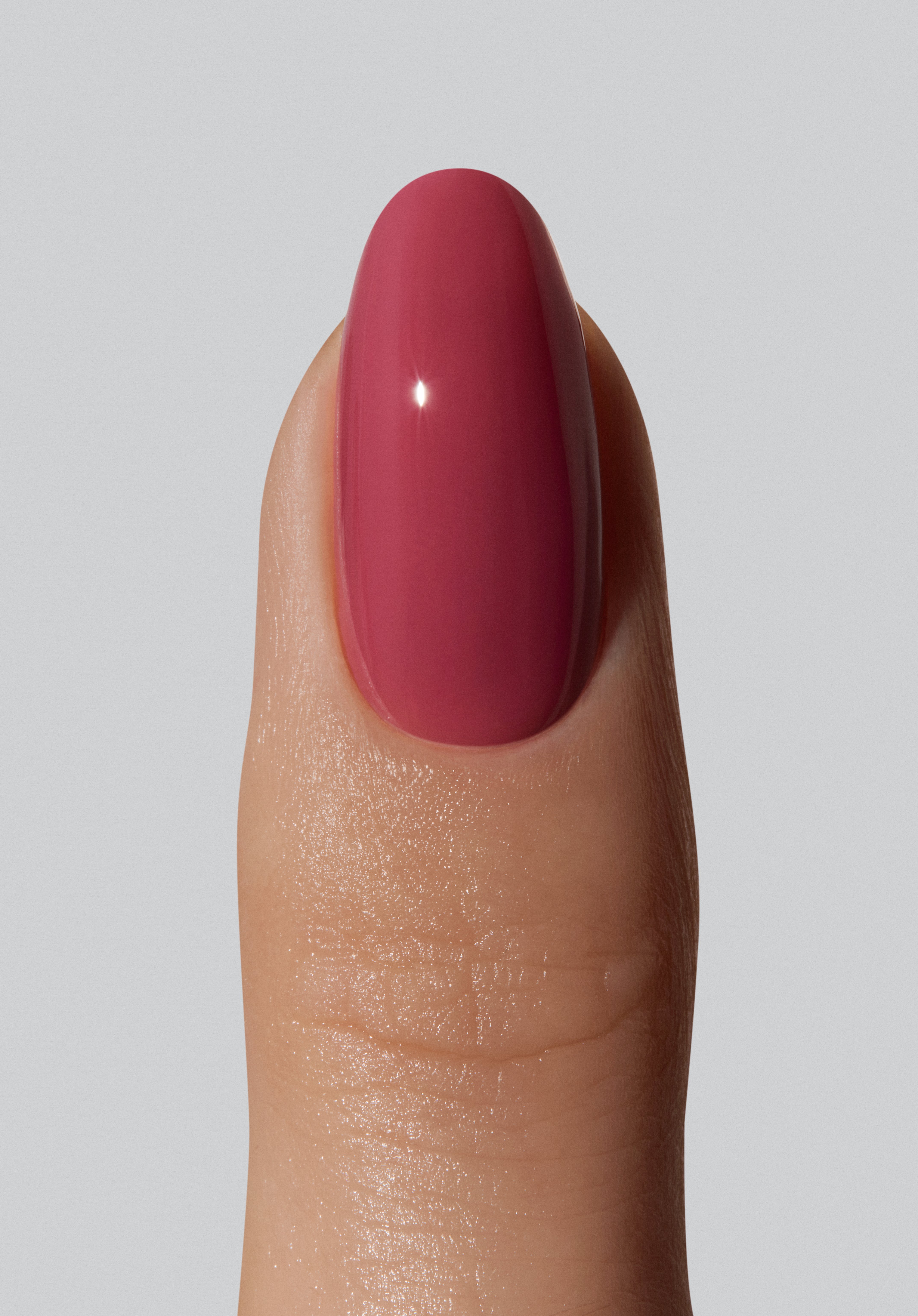
GREAT GEL APPLICATION The gel layer is very thin and uniform. The gel does not touch the skin around the nail or the cuticle.
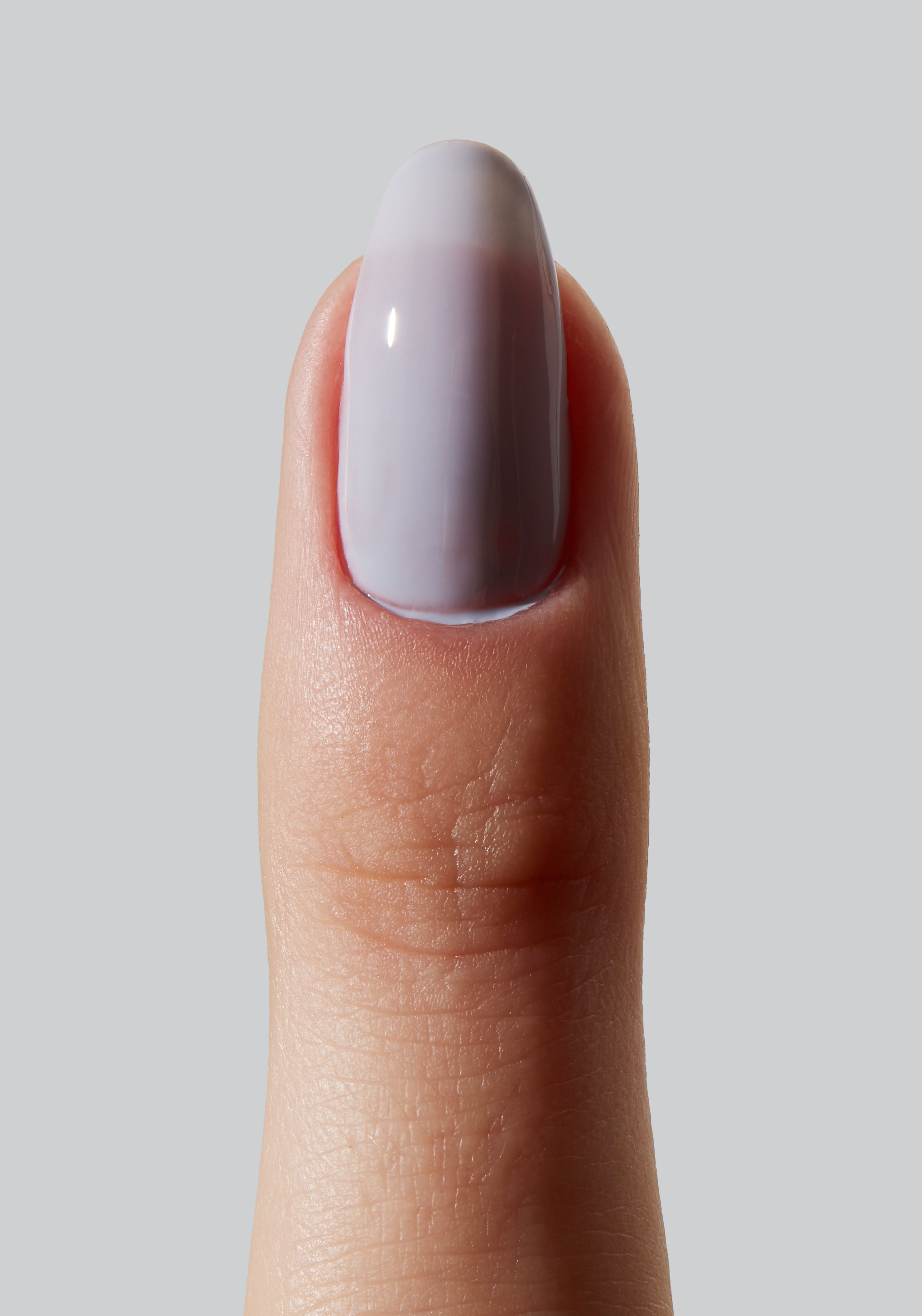
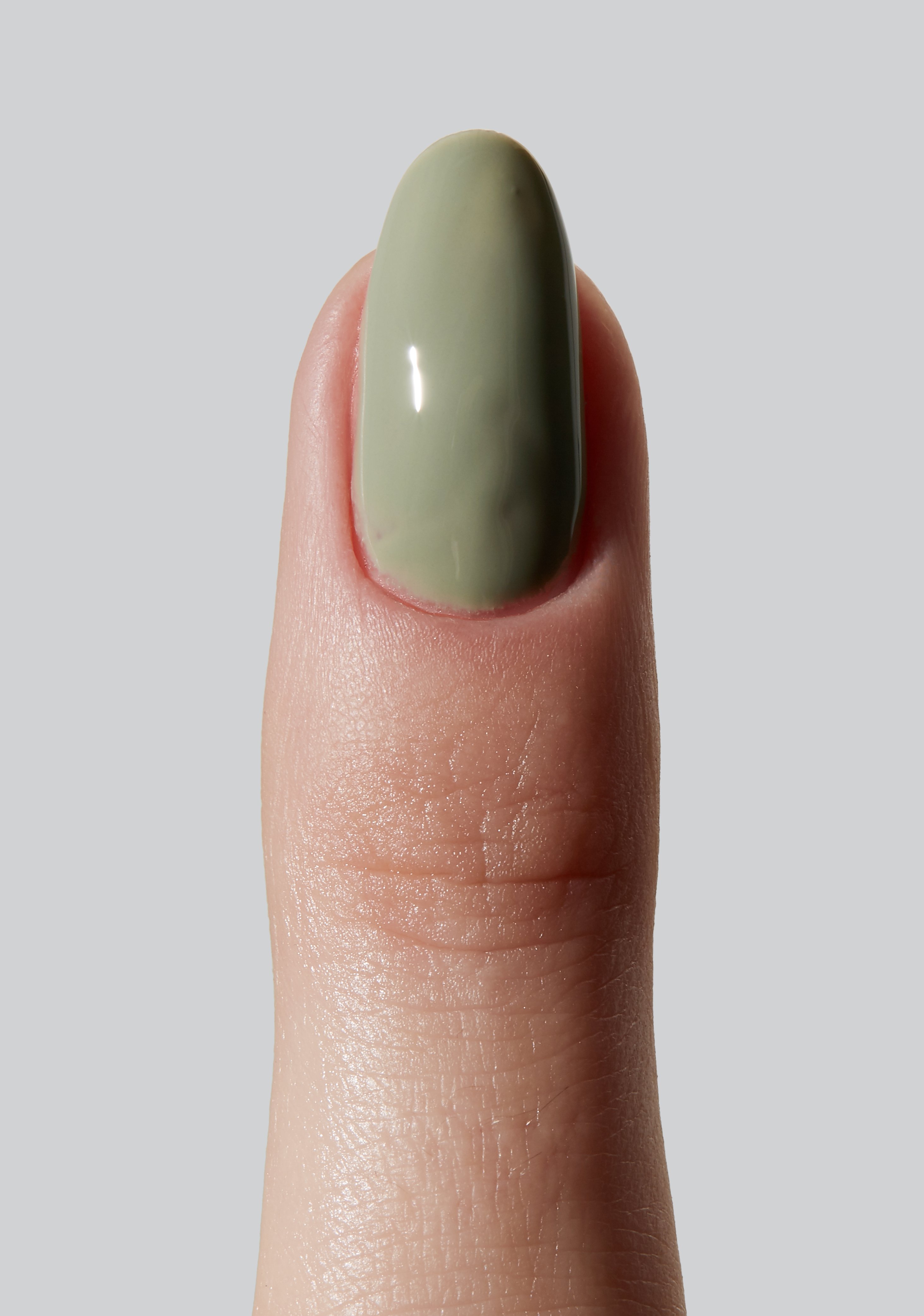
INCORRECT GEL APPLICATION The gel layer is not uniform and is too thick, or the gel layer is thin and uniform but touches the skin around the nail and the cuticle.
Avoid Applying Gels Over Damaged Nails
“UV gel manicure products should only be applied to healthy nail plates, and are best avoided if nail plates are overly thin, weak or damaged.” (Professional Beauty Association, UV Gel Manicures Proper Removal for Continued Nail Health, n.d.)
A burning sensation when curing the gel could be the result of a nail bed that has been damaged during the preparation steps by, for example, filing the nails too aggressively. As mentioned by Schoon, “friction burn causes the nail bed to become hyper-sensitive to even normal and acceptable levels of warming that normally wouldn’t be a concern.” The scientist also points out that “the client’s natural nails should be gently and carefully filed and not treated roughly while being filed.” (Schoon, D. UV Gels : The burning issues, n.d.)
Use the Lamp Made for the Gel System
“Along with using the right lamp with the right UV gel system as directed by the manufacture, it is also important to understand and heed all warnings on the package label and Safety Data Sheets (aka MSDS). For instance, products that are designed to be part of a “system”, should be used as a system and not mixed and matched with products not intended to be a part of the “system. [...] My advice is to save your money and invest in the correct nail lamp that was specifically designed for the system(s) of your choice.“ (Schoon, D. The Complexity of UV Curing, 2013)
In Case of a Skin Reaction
If you experience a skin reaction, we recommend removing your gel as soon as possible using the GELCARE technique and stop using gels immediately. We also recommend consulting a healthcare professional.